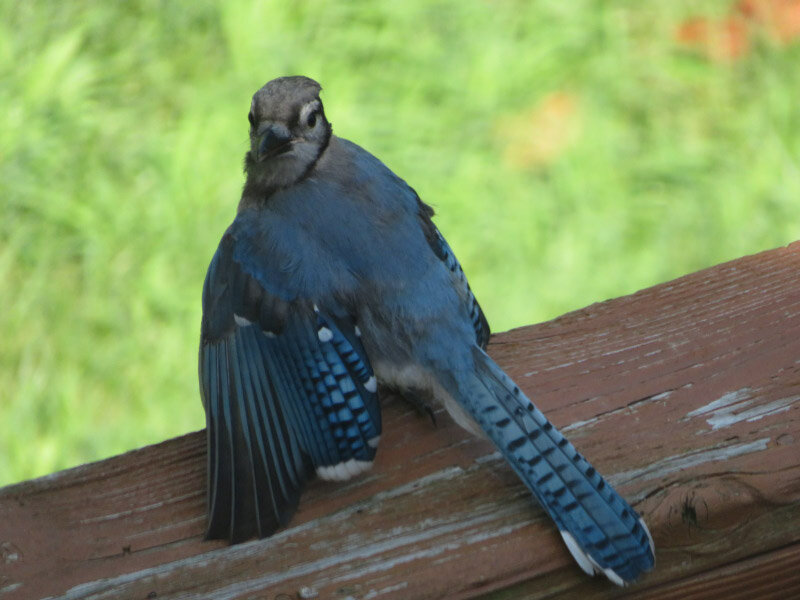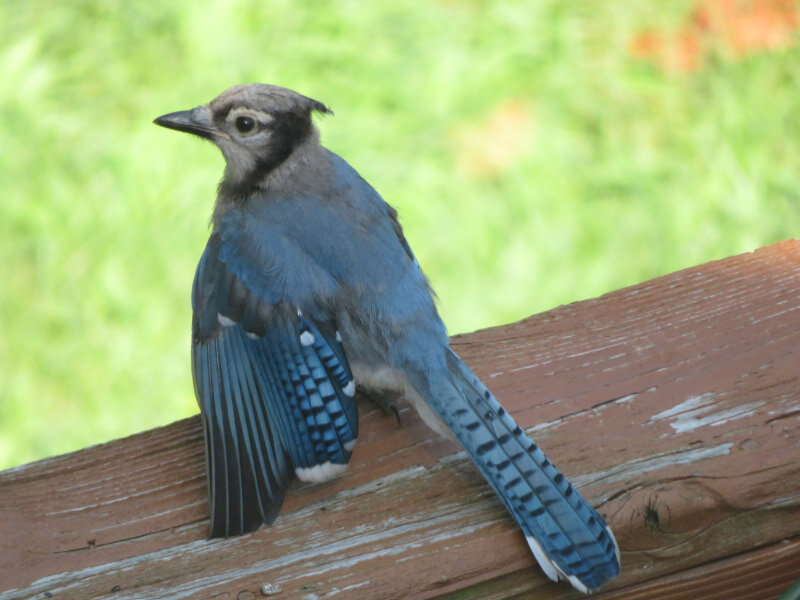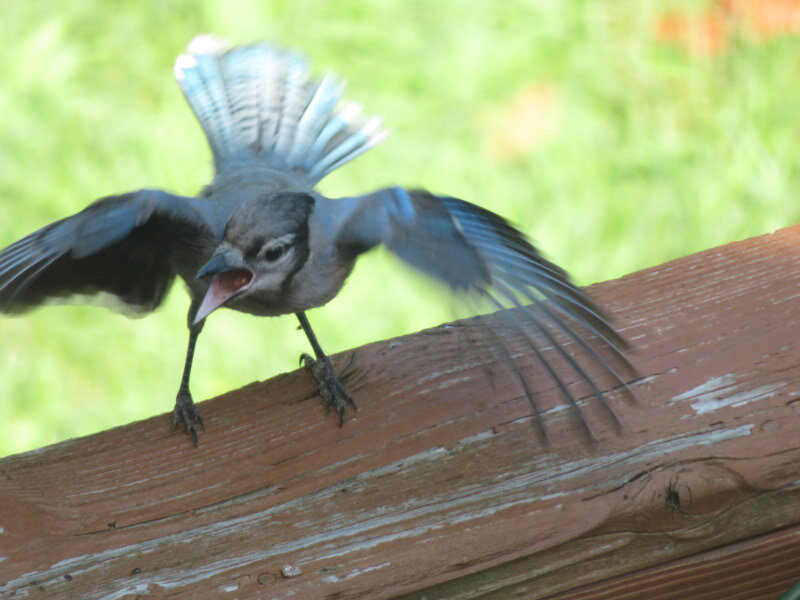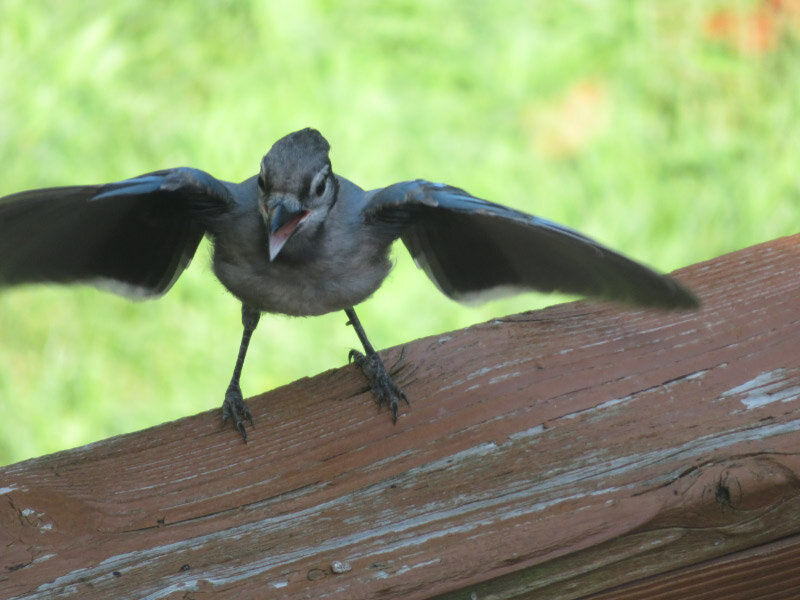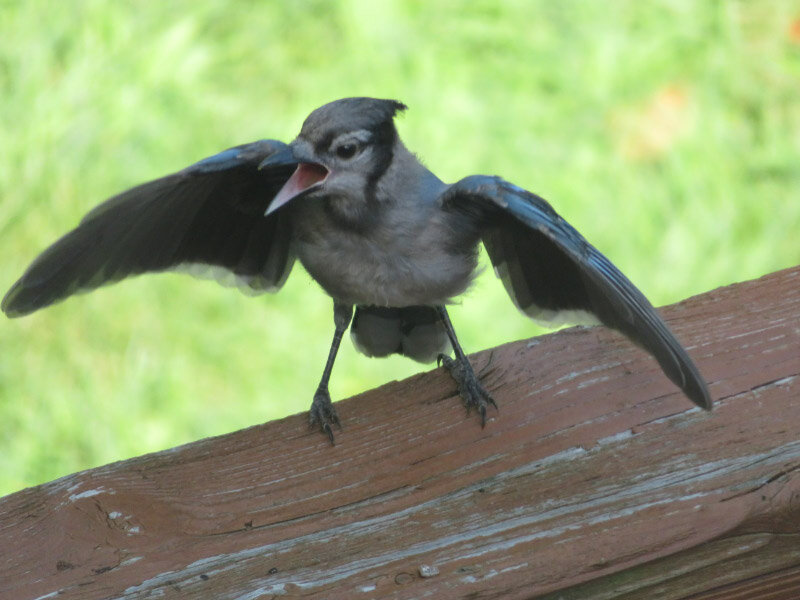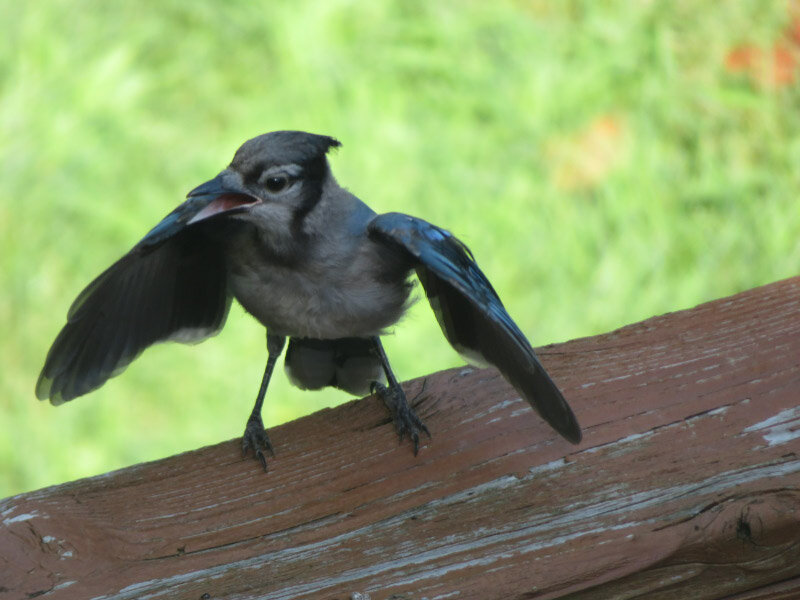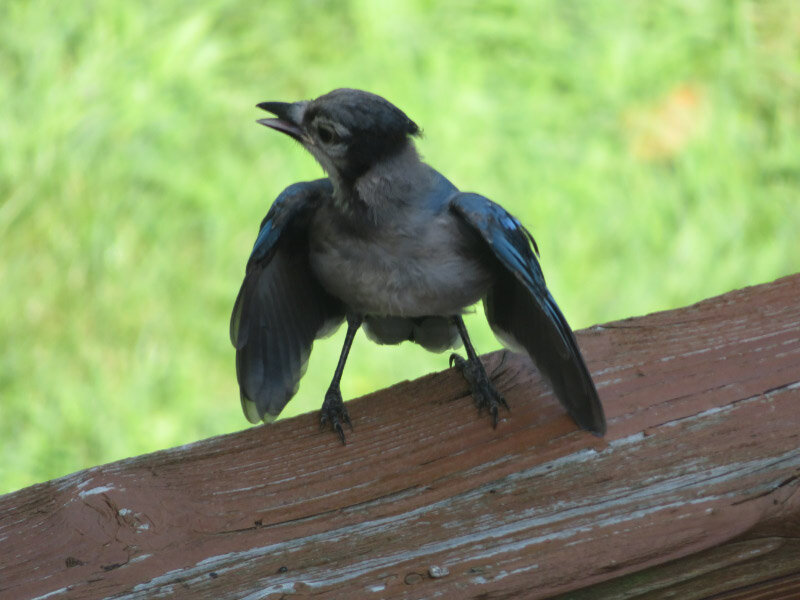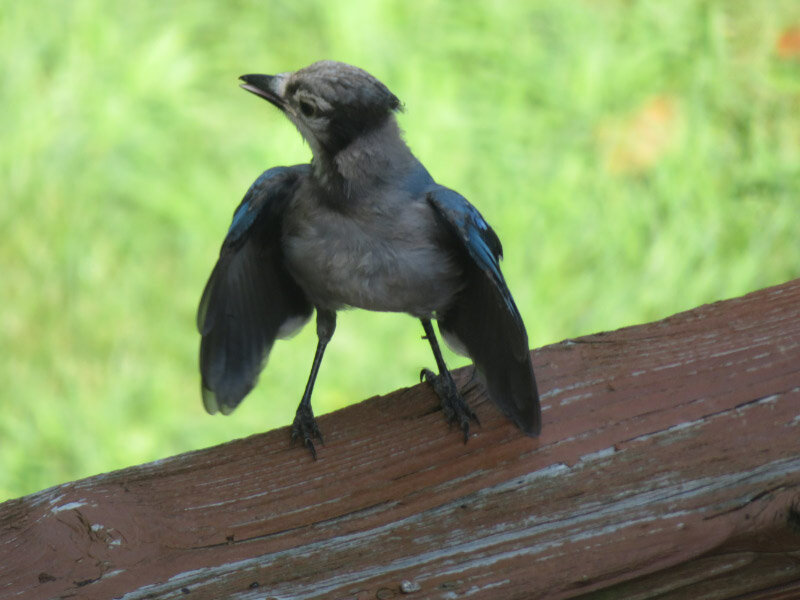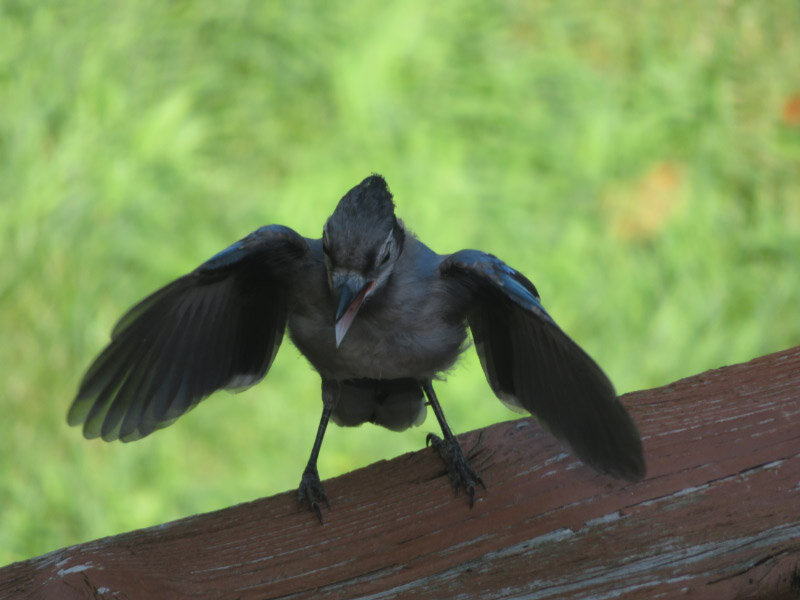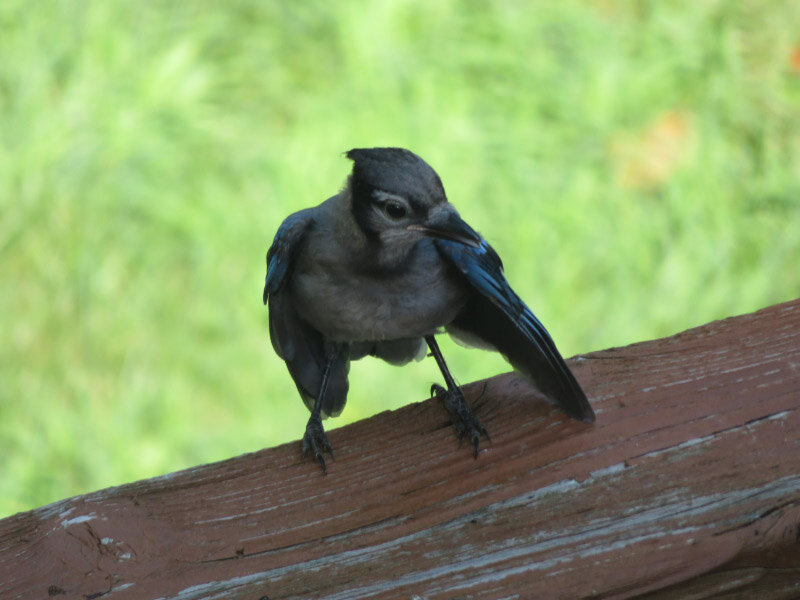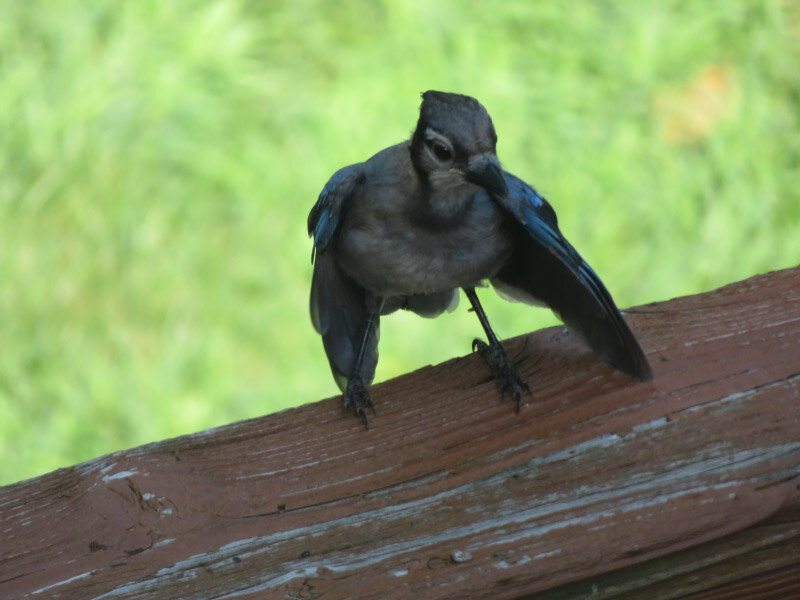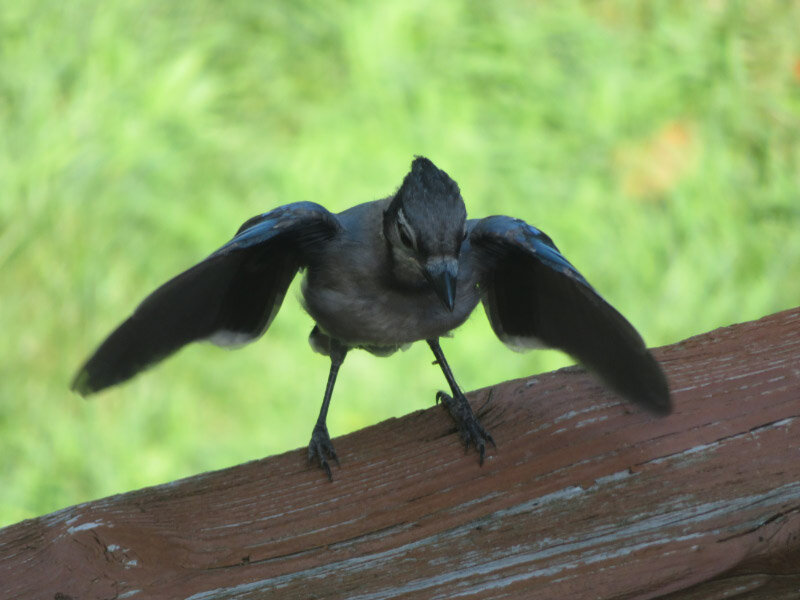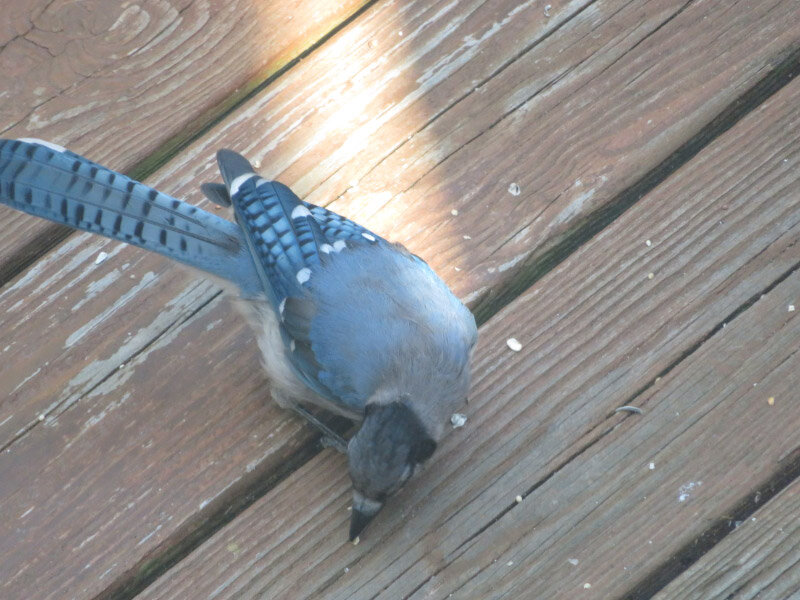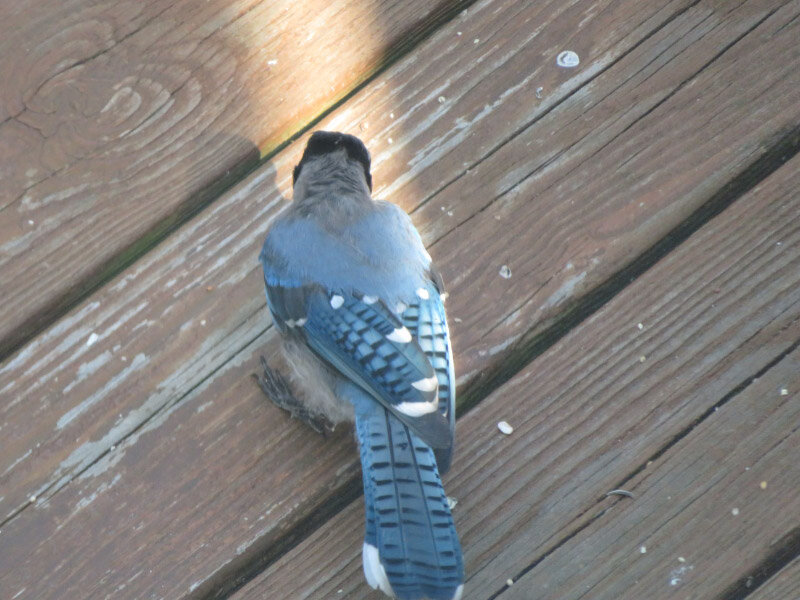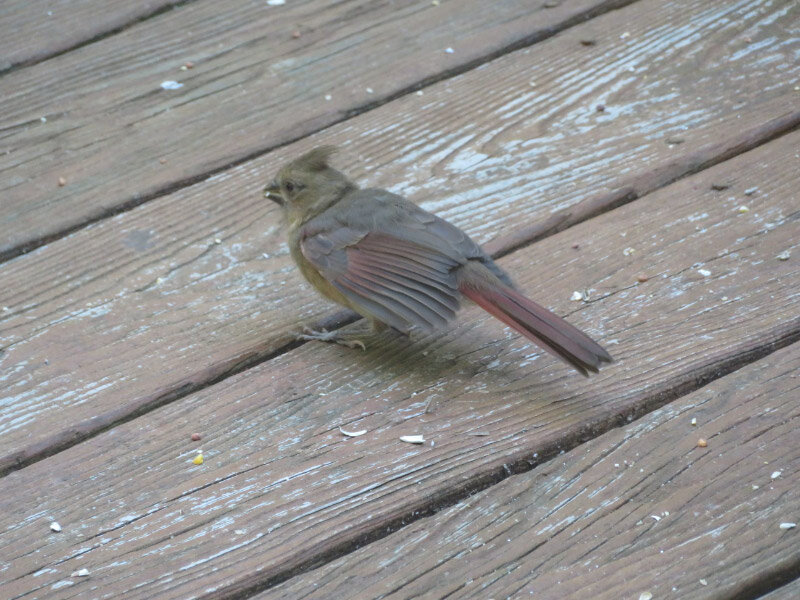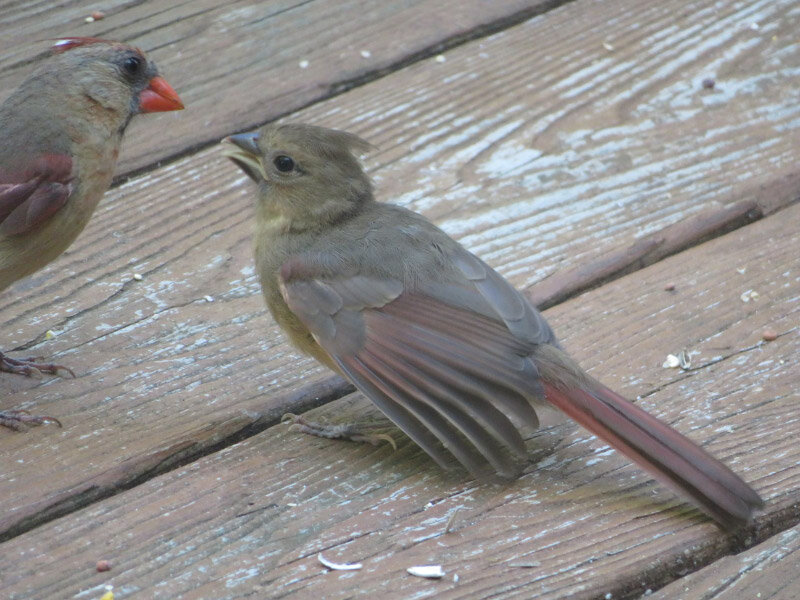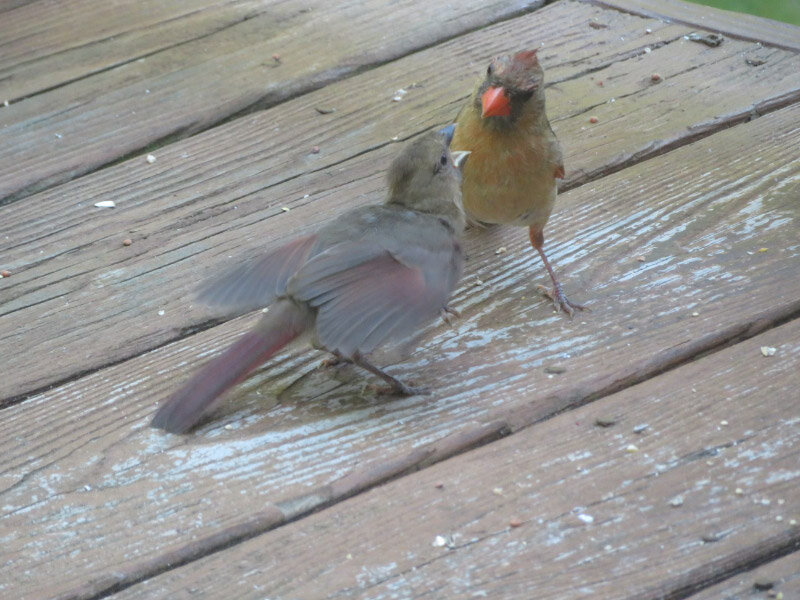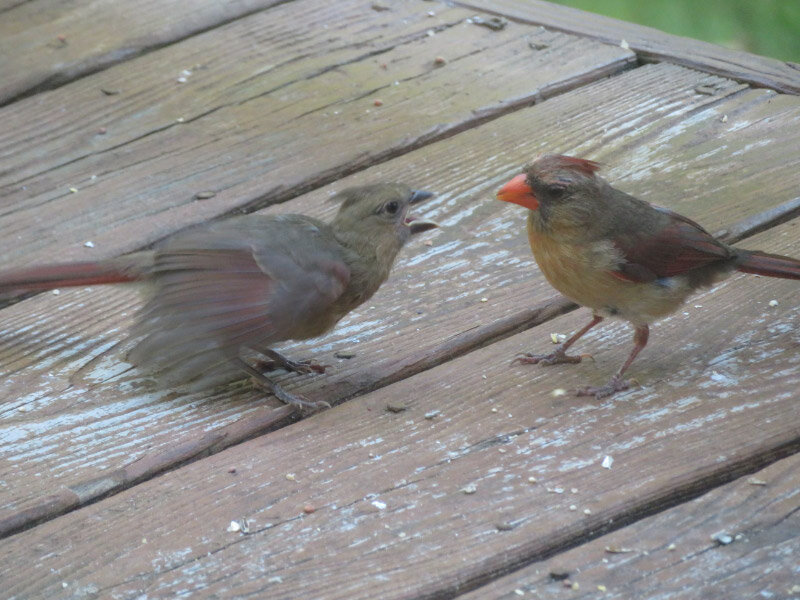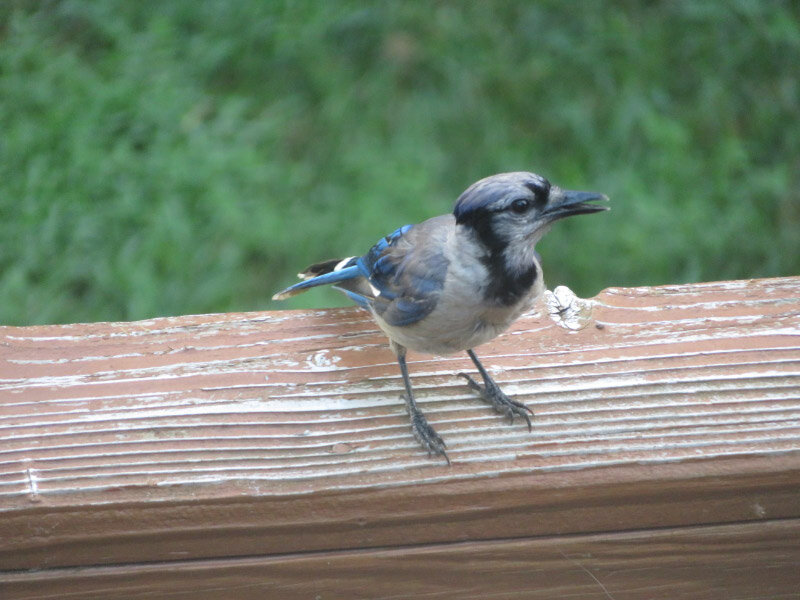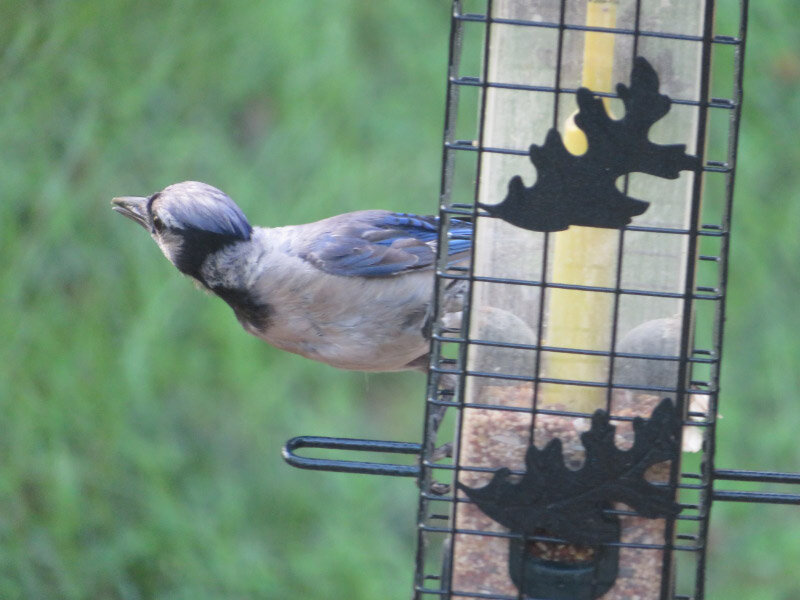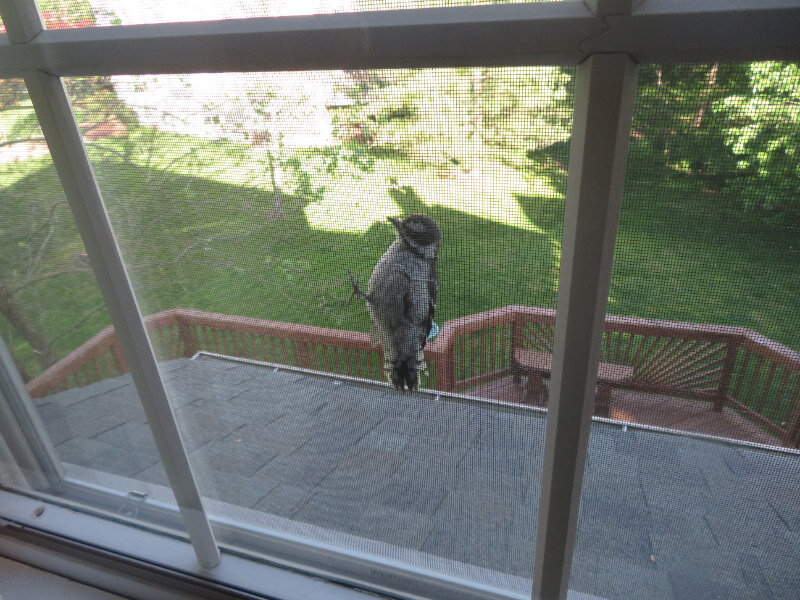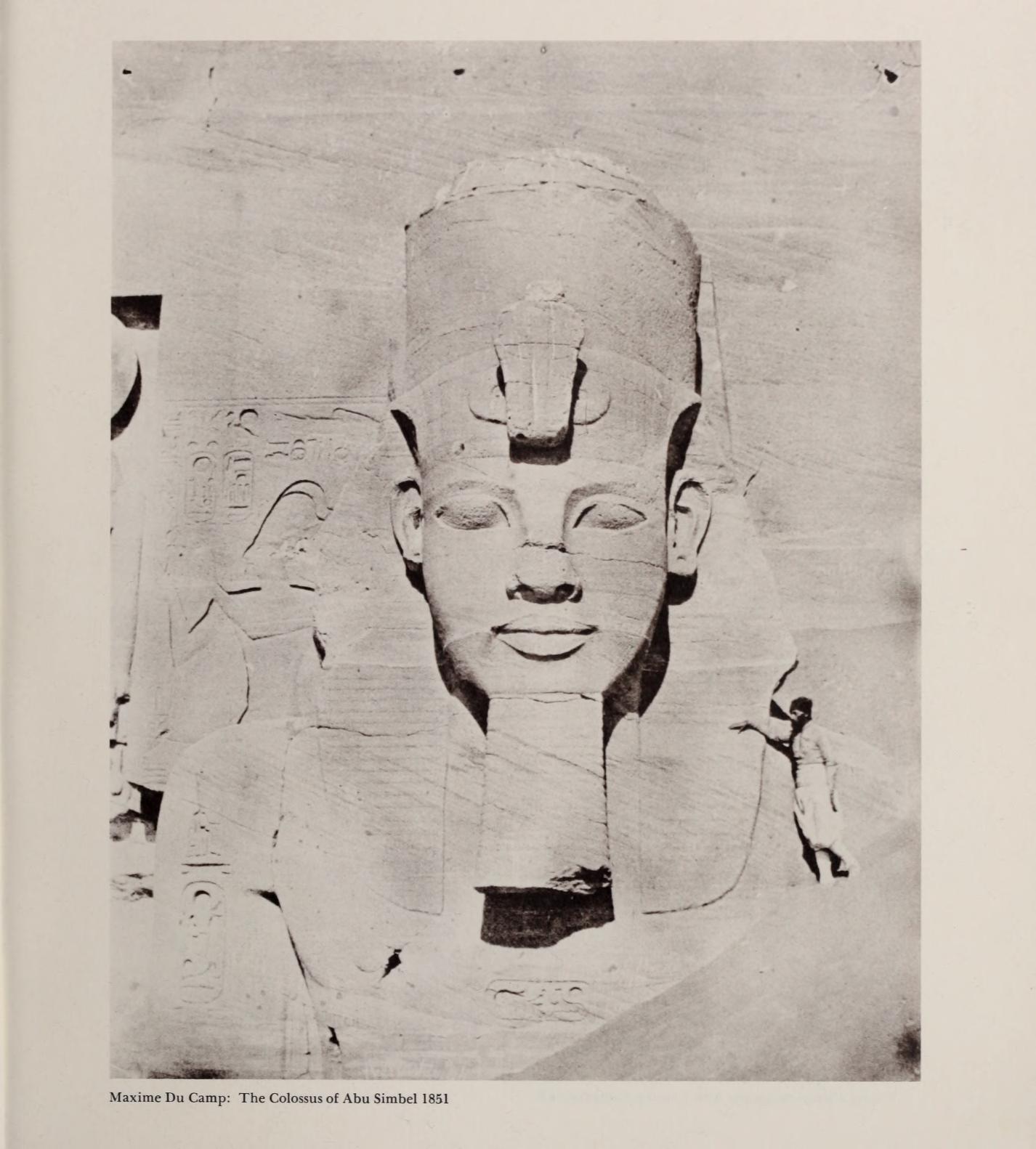Gleanings of the Week Ending July 12, 2025
/The items below were ‘the cream’ of the articles and websites I found this past week. Click on the light green text to look at the article.
How Has U.S. Energy Use Changed Since 1776? – Historical perspective. Coal, petroleum and natural gas did not surpass renewables (i.e. wood) until 1885!
Is this the end for Easter Island's moai statues? – The moai are made from tuff, a volcanic rock largely composed of compressed ash. This type of stone is porous and unusually soft. The wind and rain do not treat it kindly. Weathering of the moai appears to have increased sharply during recent decades; drier weather followed by very heavy rains, more wildfires, rising sea level and increased wave event have all contributed.
20 Incredible Nominees for the BigPicture Natural World People’s Choice Award – Some great photography.
In Yellowstone, Even Animals Sometimes Make Mistakes – A bison stumbled into Grand Prismatic Spring…and there was no happy ending.
London Inches Closer to Running Transit System Entirely on Renewable Power - London will source enough solar power to run its light railway and tram networks entirely on renewable energy. The deal brings Transport for London closer to its goal of running its entire transit system, including its sprawling underground railway network, on renewable energy by the end of this decade.
Time For Canada to Dump the Big Three & Go Electric with China – Something valid for Canada to consider…certainly more forward looking than subsidizing old technologies.
The end of tuberculosis that wasn’t - In the late 1980s, many thought the fight against tuberculosis (TB) had been won. A disease that had plagued humans for at least 9000 years was on the path to being eliminated. Three factors raised concerns about the resurgence of tuberculosis in the United States and rich countries in Europe in from mid-1980s and 1990s: HIV/AIDS epidemic, the rise in drug-resistant tuberculosis, and higher rates of TB in foreign-born populations.
The US’s asbestos U-turn: why the Environmental Protection Agency is reconsidering its ban - Each year, around 40,000 deaths in the US and about 5,000 in the UK are attributed to asbestos exposure. If the US ban is lifted, it’s possible that the number in the US could increase over the coming decades while those in the UK will continue to fall. While global consensus moves toward stricter regulation, the US now finds itself at a crossroads, between scientific evidence and pressure from industry.
Inside Egypt’s Enigmatic $1 Billion Grand Museum - During a press conference on June 14, Egyptian Prime Minister Mostafa Madbouly said the official opening was postponed due to “current regional developments”—loosely referring to the then-escalating conflict between Israel and Iran.
These Colorful Satellite Views Reveal Our Forests in Unprecedented Detail and Showcase the Potential of the New Biomass Mission - The European Space Agency’s satellite will measure trunks, branches and stems in forests to shed light on how much carbon is stored in trees across various continents. The example image of the Beni River in Bolivia shows a lot of oxbow lakes!













